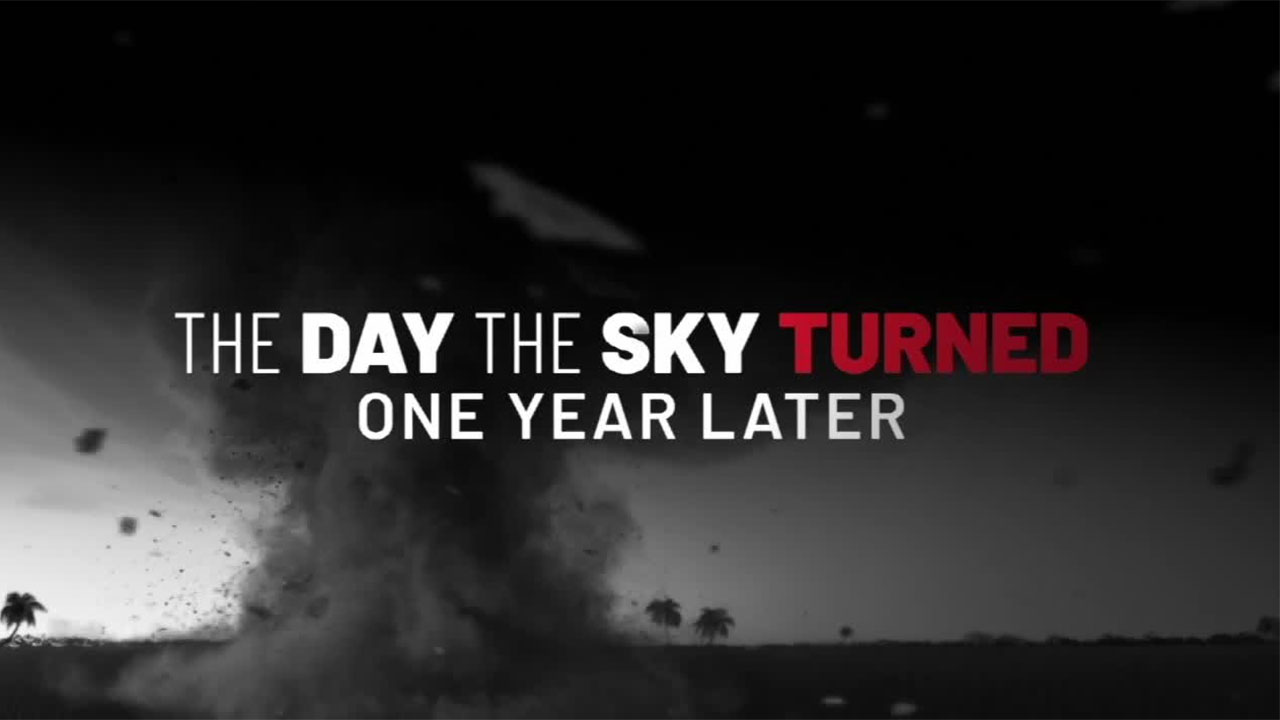WEST PALM BEACH, Fla. — Hurricane Francine made landfall Wednesday evening in southern Louisiana with maximum sustained winds estimated to be near 100 mph, according to the National Weather Service.
Conditions will continue to deteriorate through tonight as Francine brings damaging winds and relentless rainfall.
Meanwhile, Tropical Depression 7 formed Wednesday morning in the far eastern Atlantic. The National Hurricane Center said it's moving west-northwest and could strengthen into Tropical Storm Gordon tonight or Thursday.

As for Hurricane Francine, storm surge of 5 to 10 feet will hit Louisiana's coastline, along with heavy rain that will spread across the south and parts of the mid-Mississippi and Tennessee valleys.
Flash flooding is the main threat, along with hurricane winds, as 4 to 8 inches of rain are in the forecast. Up to a foot of rain locally is possible across eastern Louisiana, Mississippi, far southern Alabama and the western Florida Panhandle through Thursday.

TRACKING THE TROPICS: Hurricane Center | Hurricane Guide
Flash and urban flooding are also threats to the Lower Tennessee Valley and Lower Mississippi Valley Wednesday night into Friday morning.
After making landfall, the center is expected to move northward into Mississippi tonight and Thursday and weaken.
This will be the third hurricane to hit the U.S. this hurricane season. The other two were Hurricane Beryl and Hurricane Debby.
Some of Francine's tropical moisture is being steered over the Gulf of Mexico and Florida in the middle levels of the atmosphere. That is one of the reasons for this active weather pattern that we've been dealing with this week.
In addition to Francine and Tropical Depression No. 7, there are three other disturbances the WPTV First Alert Weather team is watching.
Invest 92-L in the central Atlantic is going to be moving into a very dry area, so it only has a low chance of development for the next couple of days, then chances drop.
Two additional areas of unsettled weather — one in the central Atlantic and another off the southeast U.S. coast — have low chances of development.









